Mango
Mango Stem Borer
Symptoms of damage
Identification of pest
Grub : Linear, fleshy, apodous
Adult : Grayish beetle with two pink dots and lateral spine
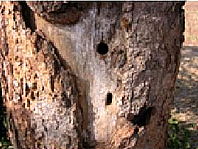
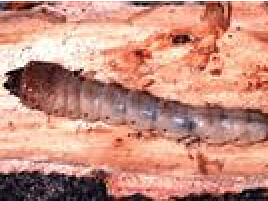
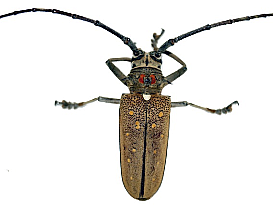
Management
Bark Borer
Symptoms of damage
Identification of pest
Larva : Stout and dirty brown in colour
Adult :
Stout yellowish –brown moth with brown wavy markings on the for ewings
Hind wings is white colour.
Males are smaller than the females.
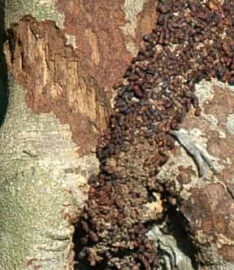

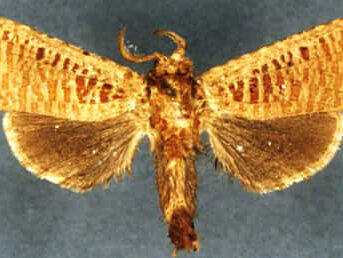
Management
Shoot Borer
Symptoms of damage
Identification of pest
Grub : Caterpillar is dark pink with dark brown prothroacic shield.
Adult : Adult is greyish moth with grey wings having wavy lines.
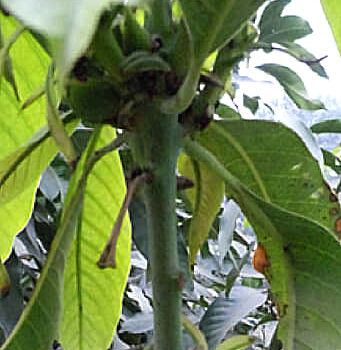

Management
Mango Hoppers
Symptoms of damage
Identification of pest
Nymph : Nymphs pale yellow, very active and hide in lower shoots or in cracks in the barks.
The insect appears in February when mango trees come to flowering.
Adult :
a. Idioscopus niveoparsus; Adults: dark with wavy lines on wings and three spots on scutellum.
b. I. clypealis; Adults: small, light brown with dark spots on the vertex and two spots on scutellum.
c. Amirtodus atkinsoni; Adults: large, light brown with two spots on scutellum.
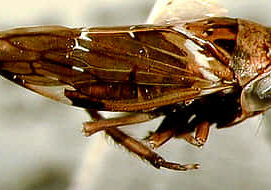
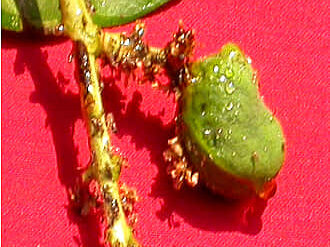
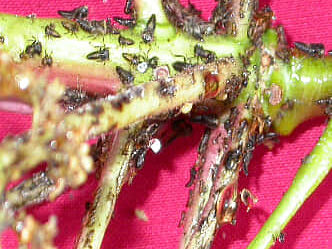
Management
OR
Inflorescence Midge
Symptoms of damage
Identification of pest
Larva : A maggot light yellowish colour and moults three times
Adult :
a. Dasineura amaramanjarae: Orange red
b. Erosomyia indica: Yellowish fly
c. Procystiphora mangiferae: Light orange fly
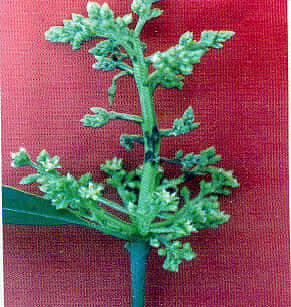
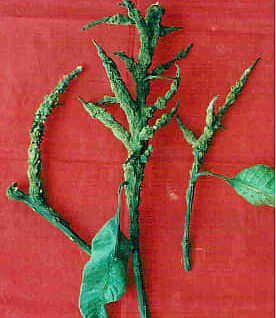
Management
Aphid
Symptoms of damage
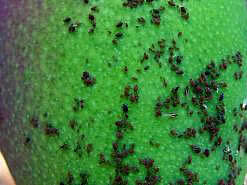
Management
Loopers
Symptoms of damage
Identification of pest
a. Thalassodes quadraria:
Grey greenish looper.
Adult: green with angular wings
b. Chloroclystis sp:
Brownish looper.
Adult: Greyish moth with wavy lines

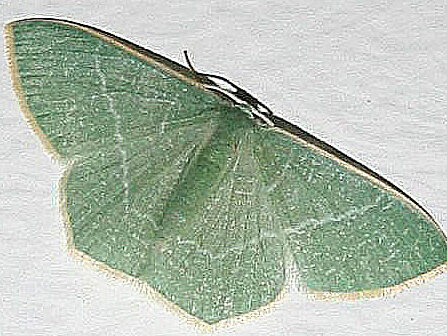
Management
Fruit Fly
Symptoms of damage
Identification of pest
Larva : Yellowish apodous maggots
Adult : Light brown with transparent wing

Maggots of fruit fly dropping out of mango fruit
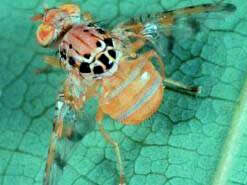
Mango fruit fly

Maggot
Management
malathion 50EC 2 ml/l,
dimethoate 30 EC 1 ml/l,
carbaryl 50 WP 4 g/l. two rounds at 2 weeks interval before ripening of fruits.
Biological control
Mango Nut Weevil
Symptoms of damage
Identification of pest
Grub : A full grown grub is legless, fleshly and yellow with dark head
Dark weevils after emergence remain inactive, hidden in the cracks and crevices on the trunk
Adult : Adult is dark brown with a short snout.

Symtom
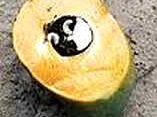
Grub on mango

Grub on mango
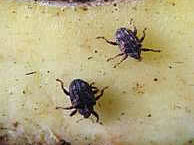
Adult on Mango
Management
Shoot webber
Symptoms of damage
Identification of pest
Larva : Pale greenish with brown head and prothroacic shield.
Adult : Brown moth with wavy lines on fore wings.

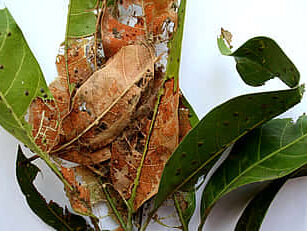
Management
Leaf Gall Midges
Symptoms of damage
Identification of pest
Maggots – are yellowish
Adult - Tiny mosquito like
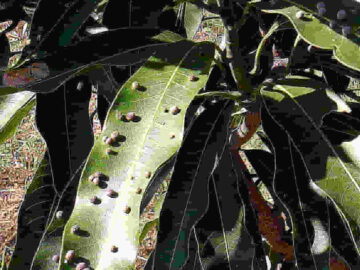
Management
Hairy caterpillars
Symptoms of damage
Identification of pest
Grub: yellowish
Adult: Reddish brown weevil with long snout


Management
Shoot Borer
Symptoms of damage
Identification of pest
Euproctis fraterna
Larva : yellowish with brown head, yellowish stripe with central red line
black hairs dorsally on first three segments
Adult : yellowish moth with black spots.
Prothesia scintillans
Larva : Reddish with red head surrounded by whitish hairs
Adult: yellowish moth with transverse line on the fore wings.
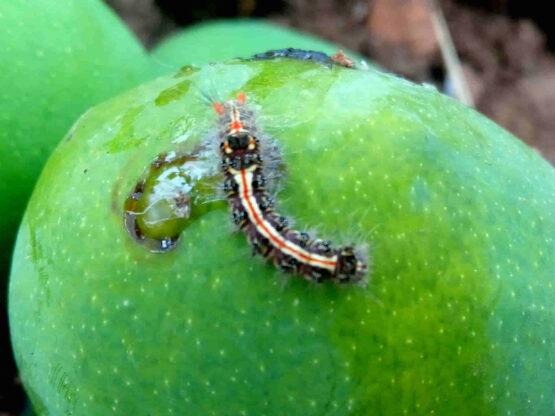
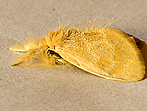
Management
Scales
Symptoms of damage
Identification of pest
Adult : White, elongate, hard scale

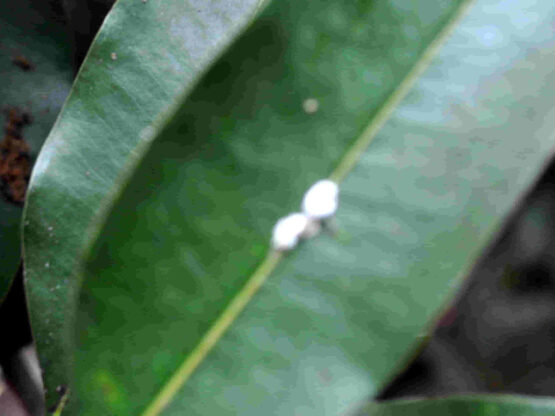
Management
Gaint Mealybug
Symptoms of damage
Identification of pest
Pinkish nymph
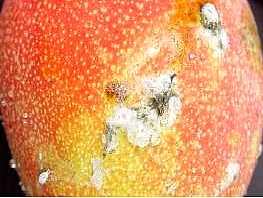

Management
Red Ants
Symptoms of damage
Identification of pest
Reddish ant, queen – olive green in colour
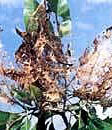

Management
Source: https://tnau.ac.in/
